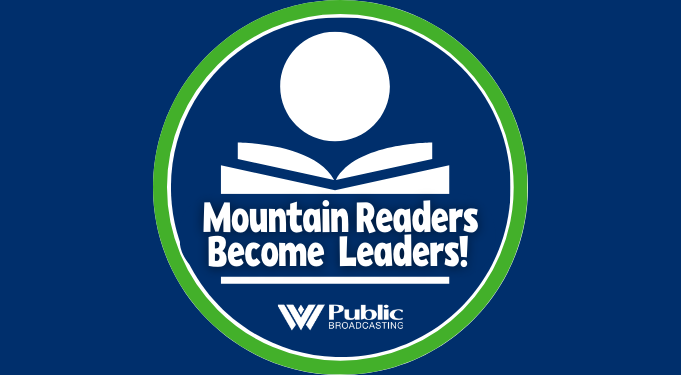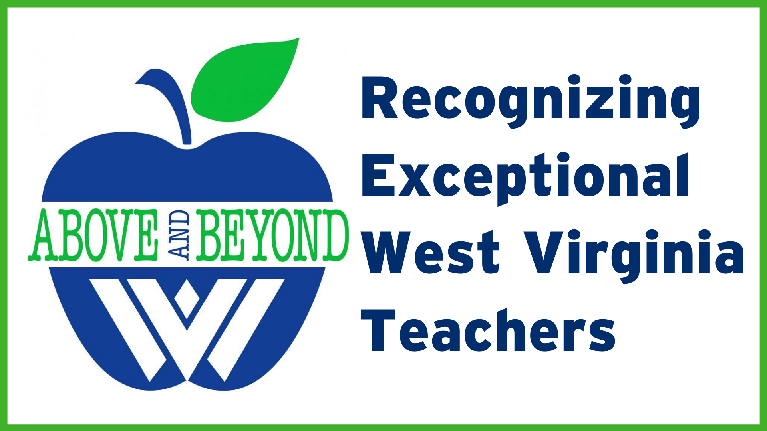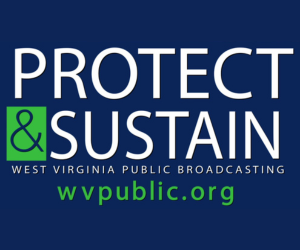The Child Tax Credit provides Americans with children a little extra financial support. Experts are now studying what happened when that support was increased.
The American Rescue Plan temporarily increased the Child Tax Credit from $2000 to $3000 per child over six and $3600 per child under five. The COVID-era expansion also increased the income threshold for recipients, and even allowed those with zero income to receive funds.
Congress did not extend the expansions, and the credit has since reverted to its original amount and thresholds.
For six months at the end of 2021, parents had the novel option to receive the money on a monthly basis rather than the normal lump sum.
Leah Hamilton, associate professor of social work at Appalachian State University, worked with the Social Policy Institute at Washington University in St. Louis to survey folks before and after that child tax expansion to learn how it affected families.
“People were using this credit in the way that best works for them,” Hamilton said. “For folks who are facing severe food insecurity, they were able to put it towards groceries, but families also put it towards long term investments in themselves and their children.”
Hamilton said her team’s analysis of Census Pulse data showed that almost 52 percent of West Virginia recipients spent the child tax credit on food. The next most common uses were paying for clothing and other essentials for their children and managing bills.
“The fact that this unrestricted assistance allowed families to meet both short term and long term needs for their families really speaks to the power of allowing families to make the decisions that are right for them,” Hamilton said.
Despite only lasting six months and ending relatively recently in January 2022, the impact of the credit’s temporary expansion has already resulted in extensive study.
A meta-analysis of poverty data conducted by the The Center on Poverty and Social Policy at Columbia University estimates that the U.S. child poverty rate dropped from 15.8 percent in June 2021 to 11.9 percent in July, when the first monthly checks were sent out. In January 2022, after the monthly checks ended, the U.S. child poverty rate rose to 17 percent from 12.1 percent in December 2021.
Hamilton presented her findings Tuesday night at the Waterfront Marriott in Morgantown. It was the second in a three stop tour of West Virginia that included the Northern Panhandle earlier in the day and Charleston on Wednesday.
The presentations were organized by Tom Sussman, president of TSG Consulting. Sussman also serves on the board of the Educational Broadcasting Authority that oversees West Virginia Public Broadcasting.























